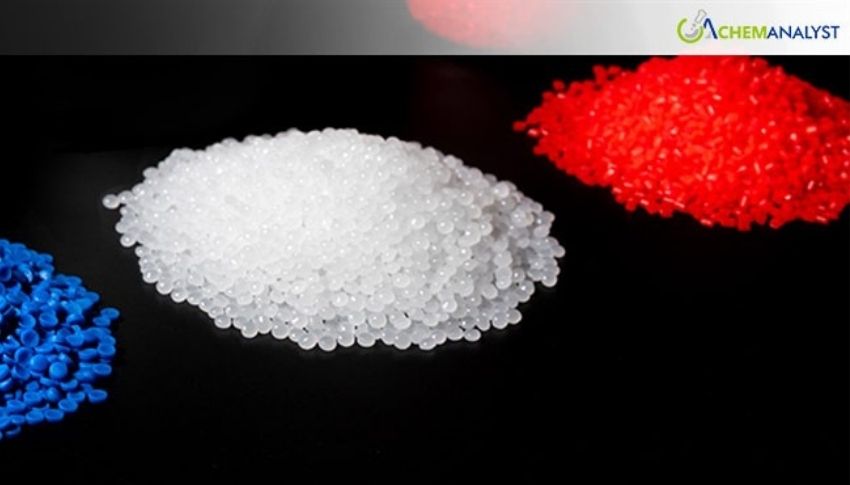Welcome To ChemAnalyst

The Asian Acrylonitrile Butadiene Styrene (ABS) market remained steady during the week ending July 11, 2025, supported by abundant supply and subdued demand. Spot price falls for some individual grades of ABS were not reflected in the overall market, which held off significant losses in a weak trading climate.
Analysts pinned this modest ABS price correction on a mix of firm supply conditions and absence of substantial cost-side support from upstream inputs.
Chinese ABS production stabilized in early July at around 65% operating rates, slightly lower from 66% in late June. Weekly production remained above 120,000 tons, and polymerization plant inventories were still elevated. Market supply during the week was plentiful.
Two key supply-side events also affected the market. Haijiang Chemical resumed production at the start of the month, and Liaoning Jinfa's new plant came on stream. The new facility, though, had not yet produced quality ABS products to minimize its near-term effect on the market. Although these developments indicate eventual oversupply risk, inventory is still relatively under control for the time being.
Feedstock prices provided limited support for ABS prices, as mixed trends in acrylonitrile, butadiene, and styrene markets were experienced.
Acrylonitrile supply increased with several major producers increasing operating rates. Domestic levels of inventory rose, dampening buyer sentiment and limiting the scope for any price increase. Downstream demand was generally on a need-only basis.
Conversely, the butadiene market recovered modestly following earlier weakness. Replenishment on a low-price basis provided short-term support, though analysts anticipate upside to be constrained by underlying poor demand from synthetic rubber manufacturers.
Styrene prices, having decreased earlier in the month, stabilized during the previous week. Rising buying for long-term deals and an uninterrupted downstream load gave some relief. The normal operations of styrene units and short-term profitability expectations have strengthened trader sentiment somewhat.
Demand for ABS remained modest as the market was moving into its customary off-season. Downstream plants operated at typical working rates, and terminal sectors kept a cautious procurement stance. Though Middle East geopolitical tensions had been absorbed by the market, uncertainty surrounding future U.S. trade tariffs has contributed to market wariness, with slow cargo movement being a result.
Overall, the ABS market experienced limited relief in support of demand. Although inventory was high and seasonal purchases were weak, prices overall were kept relatively stable by managed production and guarded optimism in upstream feedstocks.
As per ChemAnalyst, market players expected that the ABS market is expected to remain in a weak and consolidating mode in the near term with underlying long-term oversupply and limited recovery in demand weighing on the ABS prices.
We use cookies to deliver the best possible experience on our website. To learn more, visit our Privacy Policy. By continuing to use this site or by closing this box, you consent to our use of cookies. More info.
